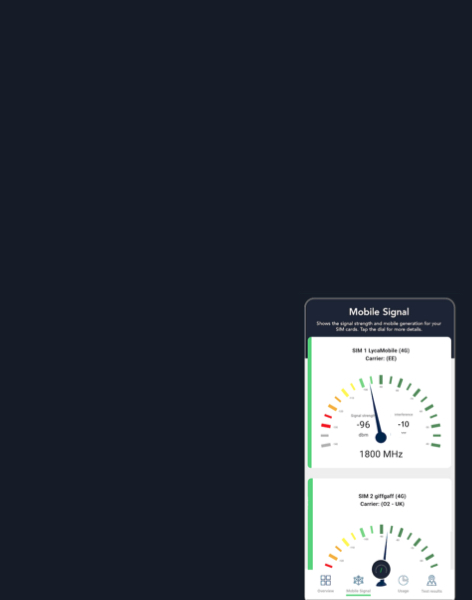Weekly Wrap: Africa’s first D2D policy framework
The Tanzanian regulator, TCRA, published its rules for direct-to-mobile satellite services. It's the first country in Africa to do so, and could lead neighbouring countries to follow.
It’s been a busy summer for the TCRA, after completing a 5G auction of the 3.5 GHz band, Tanzania has now also published its first framework for D2D satellite services. The guidelines are designed to serve as an interim measure until the ITUThe International Telecommunication U… World Radiocommunication ConferenceThe World Radiocommunication Conference (W… 2027 finalises a global framework.
The policy document sets out a set of eligibility rules for D2D satellite operators looking to launch in Tanzania:
- Spectrum Management: D2D services must operate in licensed terrestrial IMTInternational Mobile Telecommunications (I… bands, which maintain MNOs’ control over spectrum and ensure shared use, minimising cross-service interference risks.
- Operational Coordination: Satellite Network Operators (SNOs) need landing rights from TCRA and formal agreements with licensed Mobile Network Operators (MNOs), ensuring integration and accountability.
- Interference Mitigation: Strict power limits, reporting duties, and requirements to identify/mitigate cross-border interference. D2D operators are forbidden from claiming protection against interference, echoing the FCC’s secondary status rules included in its Supplementary Coverage from Space framework.
- Mandatory Reporting: Operators must submit quarterly reports on user terminals, service levels, and coverage, supporting transparency and regulatory oversight
The regulation is seen as a win for the country’s mobile network operators, because it binds satellite operators on both a spectrum level as well as on an operational level to a local mobile network operator.
These guidelines have been anticipated by Starlink, which applied for operating licences in November 2024. Starlink’s launch in Tanzania has been subject to regulatory approval and the ongoing development of this framework. The company will now most likely need to partner with one of the four mobile operators that own mobile spectrum licences.
Although it’s the first one in Africa, the Tanzanian framework could set a precedent for the wider region.
Last year, Zambia’s regulator ZICTA opened proposals for a new satellite licensing framework in August 2024, but has not yet established D2D-specific regulations. Its consultation emphasises modernisation and blanket terminal licensing; the consultation is less prescriptive than Tanzania’s finalised rules.
In South Africa, ICASA has also launched a consultation, and Lynk Global is trialling D2D services. South African regulation requires telecom providers to be at least 30% owned by “historically disadvantaged” groups under its Black Economic Empowerment (BEE) laws. Starlink criticised these rules, arguing that they exclude many foreign satellite providers from the market. Last month, there were reports that Musk plans a 2 billion Rand investment, forming partnerships with local companies to comply with BEE requirements, but success remains dependent on regulatory approval.
The Communications Authority of Kenya (CA) is also developing a regulatory framework specifically for satellite internet providers like Starlink. The CA plans to significantly raise satellite ISP licence fees from $12,302 to $115,331 and introduce a levy of 0.4%. Local operators (Safaricom, Airtel, Jamii Telecom) have called for tight regulatory controls, pushing the CA to require satellite providers to partner with domestic networks or face stricter limitation, a position now reflected in Tanzania’s approach.
Here’s what PolicyTracker covered this week:
- Telefónica recently announced it is exiting the Ecuadorian market. It prompted us to look into the global operators’ exit from multiple Latin American countries.
- AST SpaceMobile announced it will acquire EllioSat, which has priority over certain filings linked to MSS frequencies
- South Korea will renew most of its 3G and 4G spectrum licences in 2026
- Reliance Jio Fixed Wireless Access subscribers increase thanks to UBR technology in the 5 GHz band
- Tanzania auctions valuable 5G spectrum, raising USD 523 million
